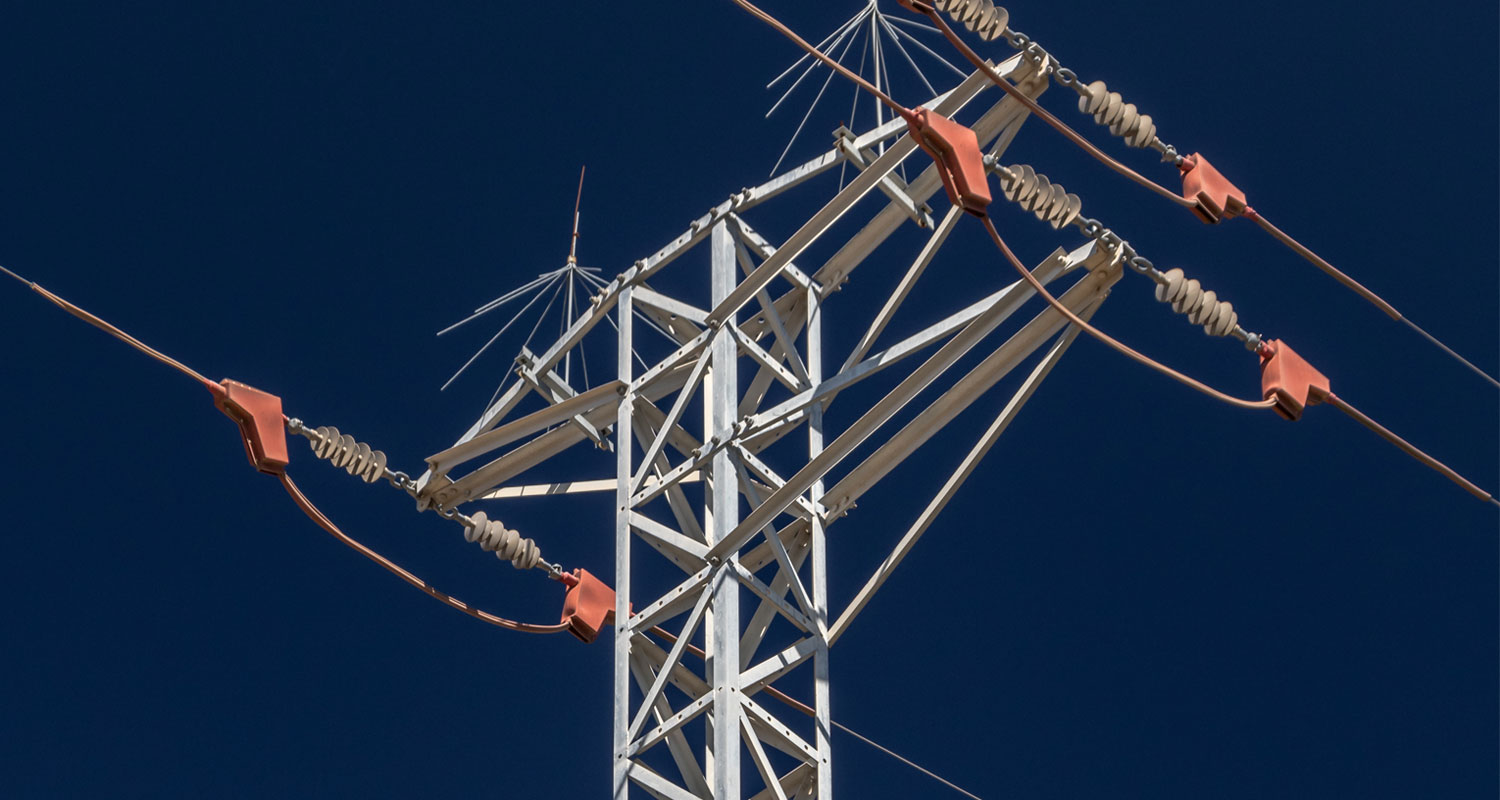 A sharp drop in electricity demand as Covid-19 engulfed South Africa more than two years ago prevented unplanned breakdowns at Eskom from snowballing to half of all capacity by this July, an event that may have caused the national grid to collapse.
A sharp drop in electricity demand as Covid-19 engulfed South Africa more than two years ago prevented unplanned breakdowns at Eskom from snowballing to half of all capacity by this July, an event that may have caused the national grid to collapse.
Instead, accumulated outages were most recently measured at almost 35% of capacity, Eskom showed MPs in a presentation on Wednesday. While there’s been a steady rise in such failures since March 2020, when South Africa entered an extended lockdown, none of the utility’s current scenario plans forecast a total blackout.
Under its base case, Eskom expects that the maximum it would have to cut from the national grid at any time would be 1GW in November to February. A worse spate of breakdowns could push that figure to 2-4GW for the next year, the company said.
After that, pressure on the system should ease, because the utility forecasts that within 24 months there will be 7.4GW of additional capacity. About 70% of that will come from what Eskom calls new generation capacity, including renewable energy sources.
Read: Eskom threatens to cut power to Tshwane
Eskom has imposed power cuts on 77 days so far this financial year, which runs until 31 March, compared to 65 for the entire previous 12-month period. Industrial action played a role in this, the company said, adding it’s a factor that’s hard to predict. The utility will also need government support and enough emergency reserves of diesel to maintain stable supplies, it said. — (c) 2022 Bloomberg LP




